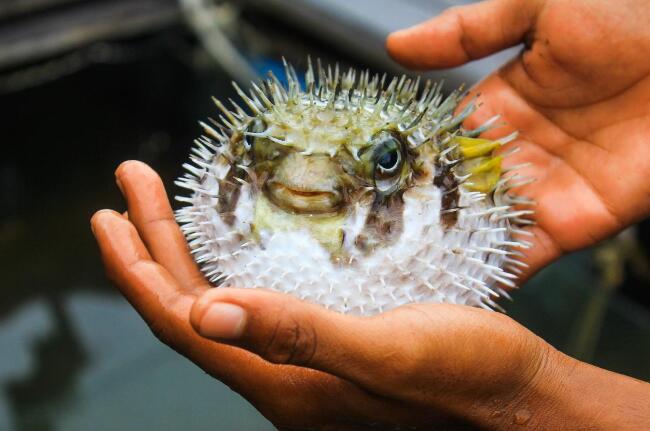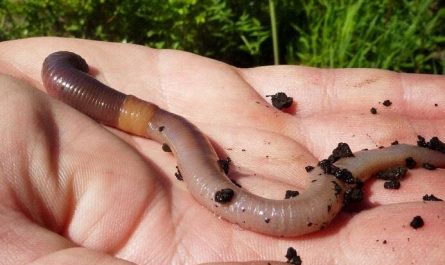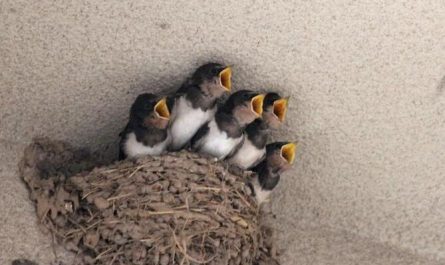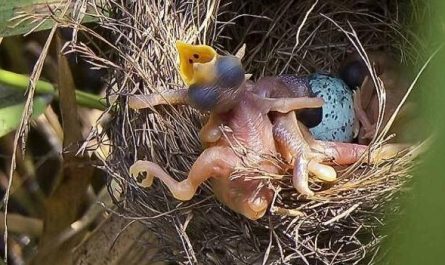To say that the most embarrassing scene in nature is that the poison is poisoned by himself.
For example, when the pufferfish is frightened, it immediately secretes the deadly tetrodotoxin. As a result, he accidentally secreted too much, but he poisoned himself to death.
For example, there is a laboratory record case in which an Egyptian beaked cobra accidentally bit itself, and the wound was severely swollen, and symptoms of venom poisoning appeared.
Seeing this, we can’t help but gloat in our hearts: we didn’t expect that highly toxic creatures would end up like this.
But please don’t be too happy. These are just “stunners” who are not good at learning skills among highly toxic animals. Most highly toxic creatures do not make such mistakes.
So, what efforts did these highly toxic creatures put in to avoid being poisoned to death by themselves? For most humans who have no resistance to venom, what can these strategies inspire us? Why are mammals rarely poisonous?
I believe everyone has seen beautiful jellyfish in the aquarium. Regardless of their attractive appearance, most jellyfish in nature are highly toxic. Among them, box jellyfish, sail jellyfish and mikoma jellyfish are more toxic. Even if you accidentally touch the body fragments of these jellyfish, it can still make you cry.
Although different in shape, these jellyfish are all familiar with a strategy of “self-anti-drug”. The essence of this strategy is also very simple, that is, try to store the venom in a safe place.
Take the jellyfish as an example, it has a harpoon-like structure called cnidaria.
There are thorny silk sacs inside the cnidaria, and the thorny silk sacs will spit the thorny silk, and the thorny silk will wrap the venom safely. When stimulated by the outside world, the cnidaria inside the cnidaria will absorb water from the surrounding cytoplasm.
This will change the osmotic pressure of the sac wall, thereby increasing the pressure in the barbed wire sac. The barbed wire can also break through the cover plate and turn out, and directly spit out the venom.
Since this is the spontaneous reaction of the barbed wire sac, even if the jellyfish is torn into pieces, it can launch venom on the enemy.
It can be seen that this strategy of the jellyfish can attack the enemy without poisoning itself. Although this strategy works, it does not seem to be very smart.
But don’t worry, nature’s extraordinary craftsmanship is beyond our human imagination. The structure of highly toxic animals is of course no exception.
Many people have heard of poison dart frogs since they were young. As one of the most toxic species, there are currently more than 200 species known.
This frog looks cute, but there is an alkaloid toxin in their skin glands.
This toxin can permanently block the transmission of nerve signals to muscle cells, resulting in continuous muscle tension and unable to relax. The toxin in a golden poison dart frog can kill 10 adults in 3 minutes.
However, what is unexpected is that when these poison dart frogs are artificially housed, they are completely harmless.
In other words, the poison dart frog itself does not produce these toxins. Studies have found that the toxins in poison dart frogs come from the food they eat, such as poisonous spiders. So, why don’t these foreign toxins poison the poison dart frog to death?
Before announcing the answer, we must first have a general understanding of how these toxins work.
In fact, the neurotoxin of some poison dart frogs is called Echinophyllin-a compound similar to morphine. Once other animals prey on poison frogs, these toxins enter the predator’s nervous system. They bind to the surface receptors of nerve cells and can interfere with the work of acetylcholine to transmit nerve signals. There is a protein on the cell membrane called a receptor. It is responsible for transmitting information inside and outside the cell. Similar to a lock in life, each recipient must have a specific key to open it. Usually the receiver will only send a signal when it comes into contact with a perfectly matched “key”.
However, scientists have discovered that Echinocobalamin is like a “master key”, which can turn on receptors on the nerve cells of predators, thereby destroying the function of the nervous system. In this way, it will induce high blood pressure, dizziness, epilepsy, and even death.
So why don’t these toxins bind to the receptors on the nerve cells of poison dart frogs?
Studies have found that the reason why these poison frogs are not poisoned is because they have a tiny genetic mutation. It turns out that among the 2500 amino acids that make up the Poison Dart Frog receptor, 3 amino acids have undergone minor changes. This cleverly prevents the toxins from binding to their own receptors, so they will not poison themselves to death.
In other words, in order to contain this toxin, they slightly change the shape of their receptors, so they will not be disturbed by this toxin.
Don’t underestimate the mutations of these 3 amino acids. If you make too many mutations, not only the “master key” of toxins cannot be opened, but even normal receptors may not be opened.
In this case, the normal function of the nervous system of the organism will also be greatly affected. It is conceivable that these three amino acids have to be mutated so skillfully that they will not affect the binding of normal receptors to them.
Of course, highly toxic organisms that alter genes in the nervous system are not uncommon. For example, sea slugs, after genetic mutations, will swallow jellyfish cnidaria and convert the toxins in them into self-defense tools.






